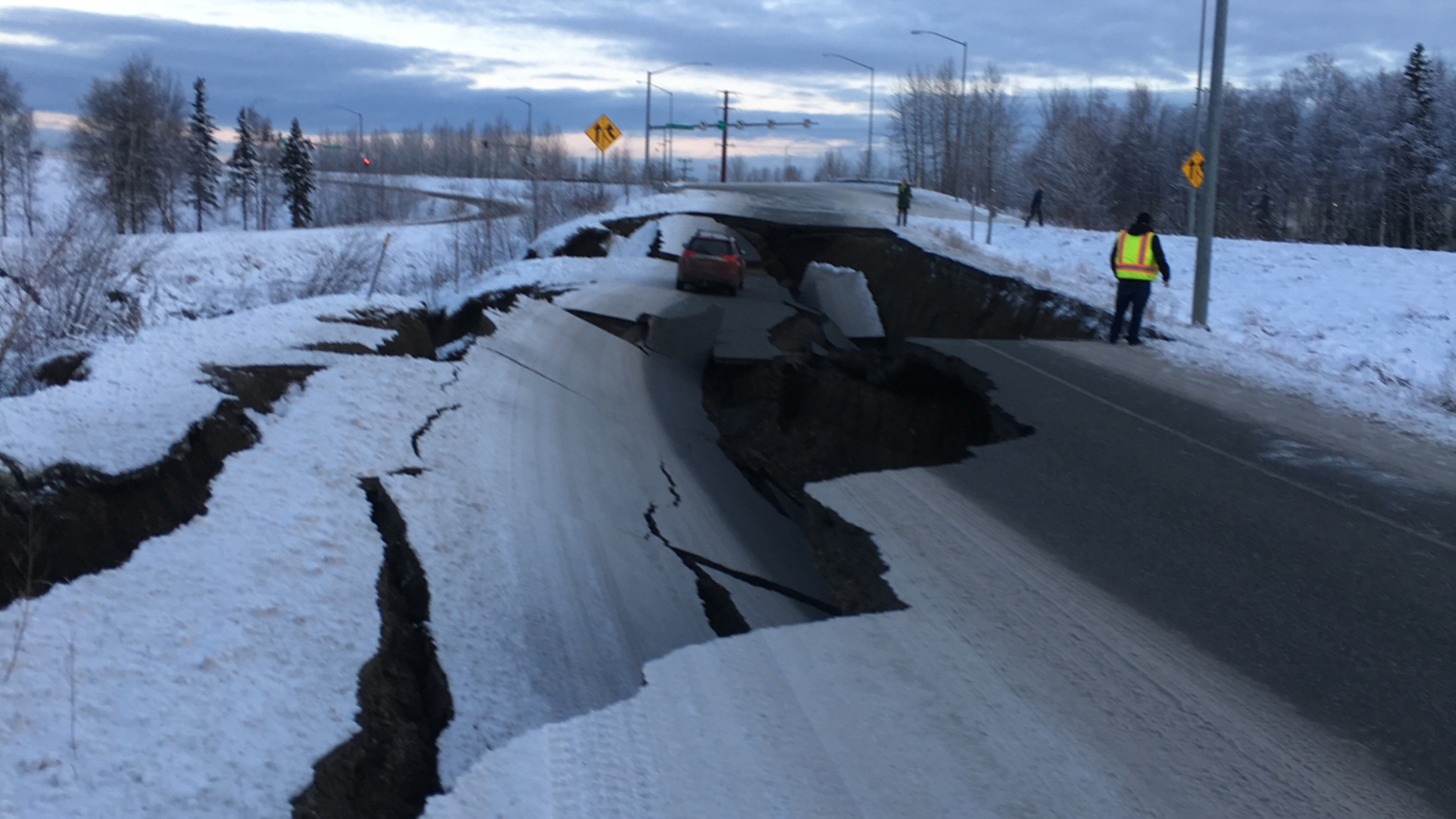According to a recent map from the US Geological Survey (USGS), California faces a probability of over 95% of experiencing a damaging earthquake over the next 100 years.
Although California is especially vulnerable, the map indicates that almost 75% of the United States could encounter potentially harmful earthquakes and significant ground shaking, posing a threat to the lives of hundreds of millions of people in the coming century, reveals a new U.S. Geological Survey map.
The team, consisting of over 50 scientists and engineers, spearheaded the development of the latest USGS National Seismic Hazard Model. This model utilizes a color-coded map to indicate areas in the country where damaging earthquakes are most likely, drawing insights from seismic studies, historical geological data, and cutting-edge data-collection technologies.

The updated model suggests that California and Alaska, both historically prone to seismic events, may experience a higher intensity of shaking. On the East Coast, major cities such as Washington D.C., Philadelphia, New York, and Boston could potentially face more severe earthquakes than previously anticipated.
The study brought to light that 37 U.S. states have encountered earthquakes with a magnitude exceeding 5 in the last two centuries, underscoring a prolonged history of seismic activity throughout the nation. This model marks the initial comprehensive assessment of seismic hazards for the entire country and serves as an enhancement to the previous version released in 2018.
“The update includes more faults, better-characterized land surfaces, and computational advancements in modeling that provide the most detailed view ever of the earthquake risks we face,” said Mark Petersen, USGS geophysicist and lead author of the study, in a press release.
Describing the updated model as a “significant milestone in improving public safety,” he emphasized its pivotal role in guiding the future of architectural and structural design. The insights provided by this model are crucial for architects, engineers, and policymakers, shaping the planning and construction of structures throughout the country.
While predicting earthquakes remains a formidable task, the USGS underscores that studying faults and past seismic events enables scientists to better gauge the probability and potential intensity of future earthquakes.




